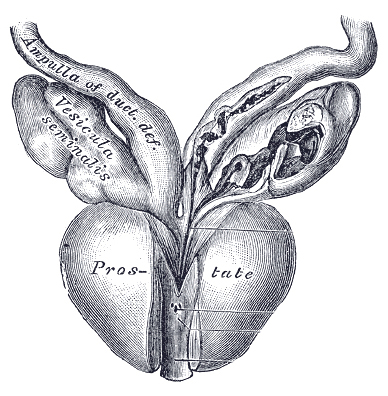CIRCUMCISION
A circumcision is an operation to cut the foreskin of your penis. The foreskin is the sleeve of loose skin that covers the end (head) of your penis.
What are the benefits?
A circumcision may relieve problems such as a tight foreskin that:
- Is causing problems with passing urine and/or causing infections.
- Is causing pain during sexual intercourse.
It is important to speak with your consultant about why a circumcision is being recommended for you. If you decide not to go ahead with the procedure or an alternative treatment, you will continue to have symptoms such as those outlined above.

ADDITIONAL INFORMATION
- Heavy bleeding during or after the operation this can cause bruising which may go away by itself or you may need another operation to drain the blood away.
- An infection at the operation site.
- Scarring and narrowing at the opening of the tip of the penis.
- Dissatisfaction with the appearance of the circumcised penis.
- With the removal of your foreskin, the end of the penis feels different. You may have less sensitivity at the tip of your penis.
The operation takes about 20 to 30 minutes and you should be able to go home on the say, although your consultant will discuss this with you at your consultation.
You may feel some pain after the procedure however this can be controlled with painkillers. Any medicine given to you will be explained before you leave the hospital.
You can bath/shower as often as you wish from the day after your procedure. You might feel dizzy at first, following the anaesthetic , so make sure an adult is around to help if needed and keep the bathroom door unlocked.
- Frenuloplasty this is an operation to cut and lengthen your frenulum, which is the small tag of skin on the underside of your penis, between your foreskin and the shaft of your penis. If the frenulum is short or torn, you may have problems pulling your foreskin back.
- Dorsal slit in this procedure the foreskin is cut to widen and loosen it, so it can be pulled back more easily.
- Prepuceplasty this is a more minor procedure than a circumcision. The foreskin is cut and stitched to widen it.
Your consultant can explain these treatments if they are suitable for you.
You might feel dizzy and tired when you go home after the operation if you have had a general anaesthetic . Please rest for the remainder of the day and following day to help recovery. You may also have:
- Swelling you can expect a little swelling and bruising at the wound site. There may also be a bit of oozing yellow coloured fluid.
- Stitches these will dissolve or fall out on their own about 14 to 21 days after the operation. Some parts of the stiches may take up to 6 weeks to dissolve. They do not need to be removed.
- A dressing over the wound this will fall off on its own and does not normally need to be replaced. If the dressing does not fall off on its own you may remove it in the bath or shower the day after your operation.
The wearing of supportive underwear (briefs or lycra swimming trunks) may help speed recovery, keeping your penis supported and elevated.
It is possible you may have some bleeding from the foreskin, although this is unusual. If bleeding does occur, use a clean cloth and press firmly on the area for 15 minutes. If it doesn’t stop you will need to go to your nearest emergency department.
- Help your wound to heal
- Help to avoid infection

